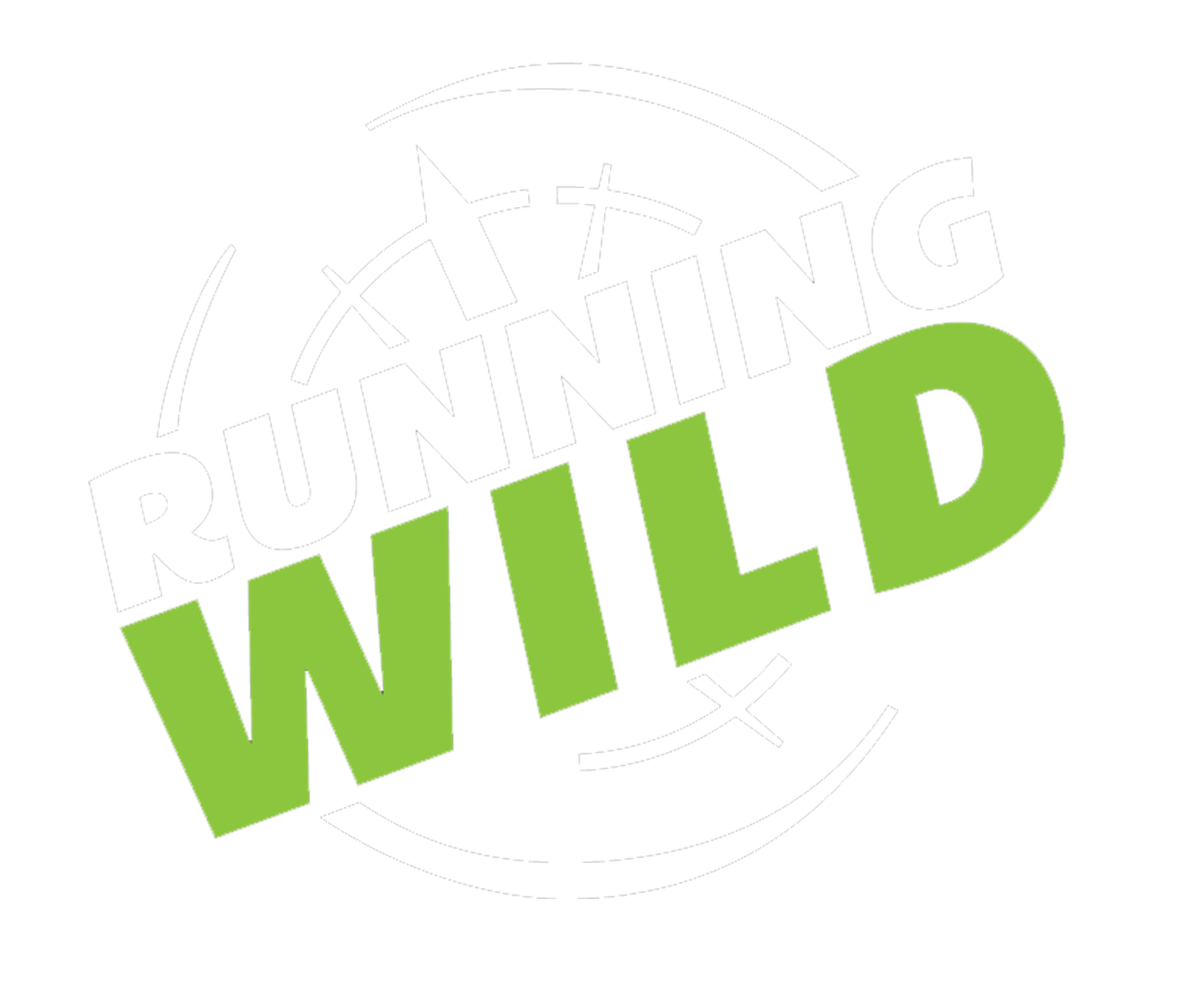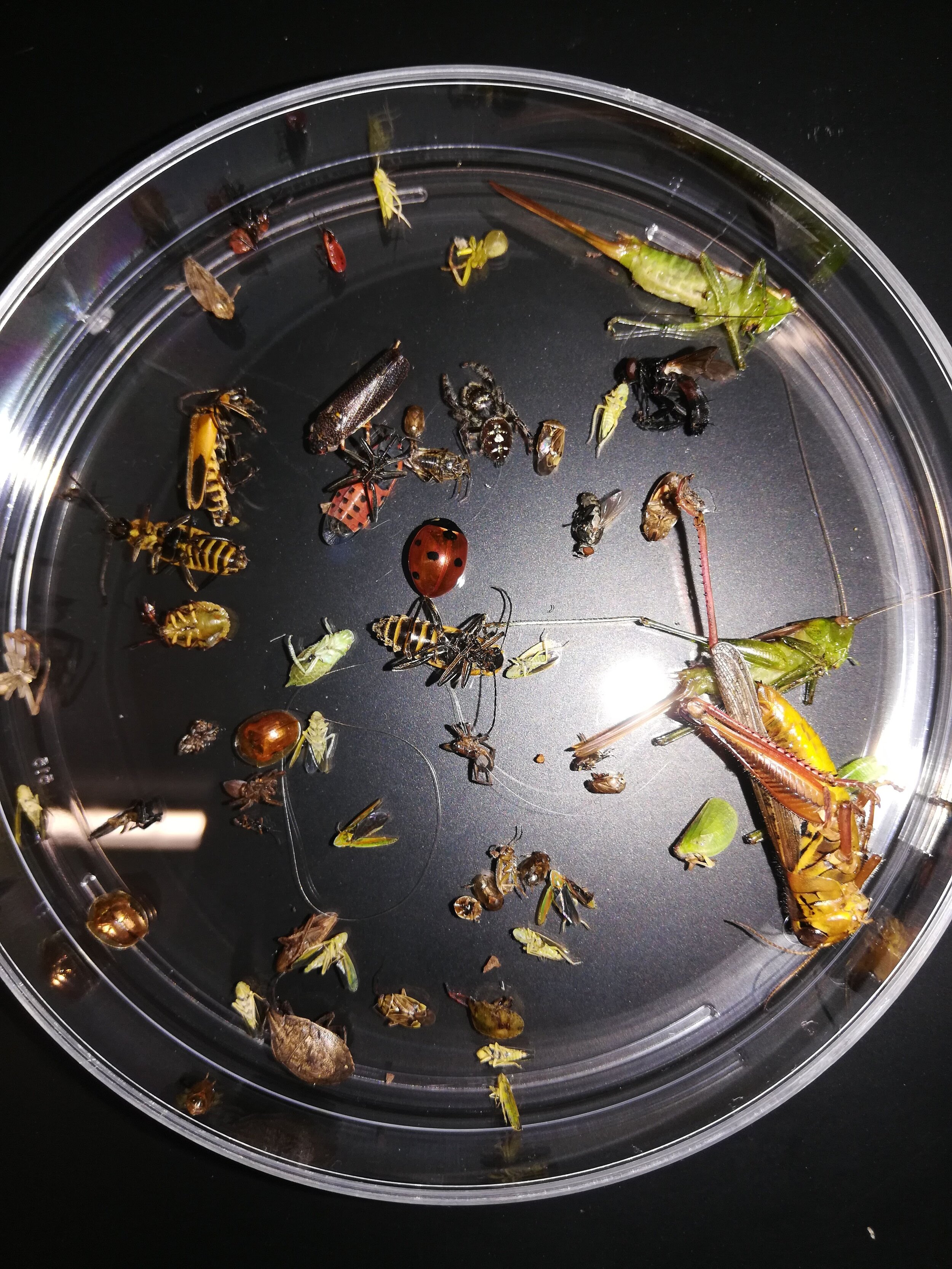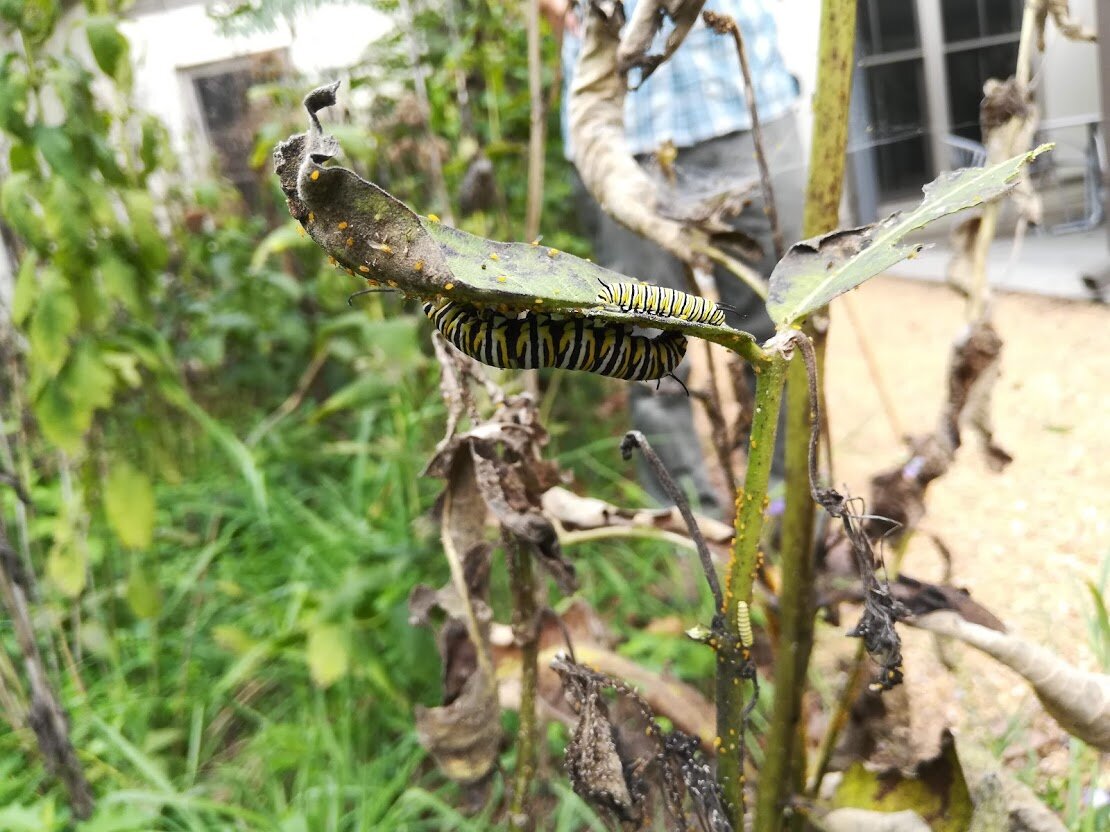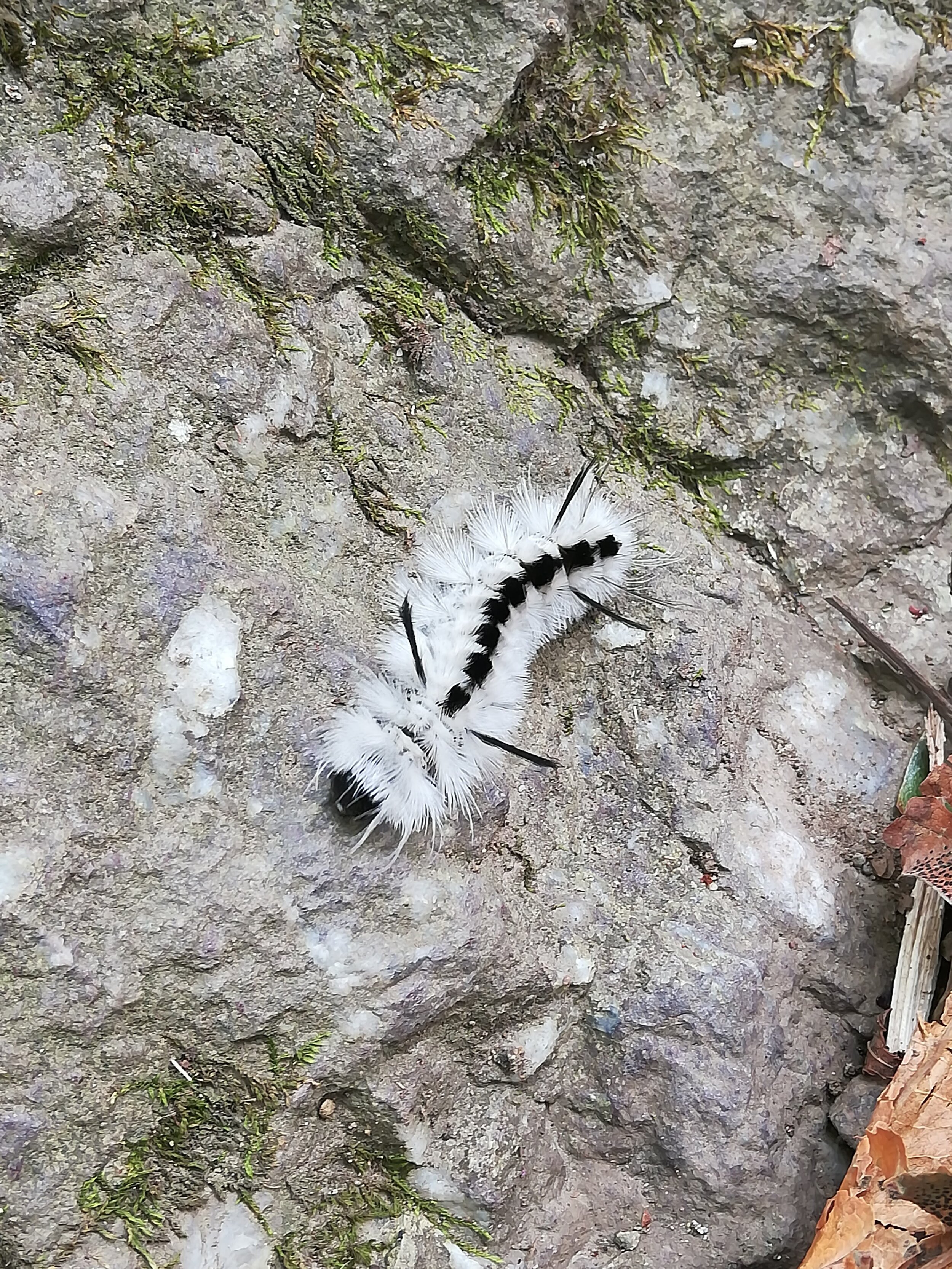Bugging Out
By Emily Stafford, 8/13/2021
Earth is a planet rich with life, diversity, and complexity. This is no secret, given that Earth is the only solar body that harbors biological creatures that interact with each other through ecological systems. Often, these interactions go unnoticed in our daily lives, but it is difficult to overstate the impact humans have had on all of Earth’s life. From the largest living land mammal to the smallest single-celled organism, human activity has both negatively and positively affected almost all of it.
Insects make up one of the largest groups of life on Earth, second only to microorganisms, so naturally it makes sense that interactions between humans and insects have impacts on both parties. In recent studies, researchers have found that insect populations are declining worldwide, especially in areas with intense land-use change. With the loss of insects, we also lose our connections to them, and without connections to insects, human ways of living would be significantly altered.
In my new podcast, “Bugging Out!” I discuss the differences and importance of human-insect interactions with Jim McNeil, an entomologist at the Smithsonian Mason School of Conservation. In addition to discussing the ecological importance of insects, we also talk about different ways we as individual humans can help our local insects avoid further population decline. As an environmental advocate and insect enthusiast, I hope you learn something new and find an appreciation for the smaller things in life.
Episode 1: Left and Episode 2: Above, of the podcast.
Episode 3: What can we do to help?
Emily Stafford is a student at George Mason University majoring in Environmental Science with a concentration in conservation. She is worked with Running Wild Media in pursuing her dream career in documentary filmmaking. She is an advocate for sustainable human development and insect conservation.
Through her internship, Emily created a podcast to communicate the importance of insect biodiversity to members of her community. Through this work, she is working to protect and preserve these important organisms.








